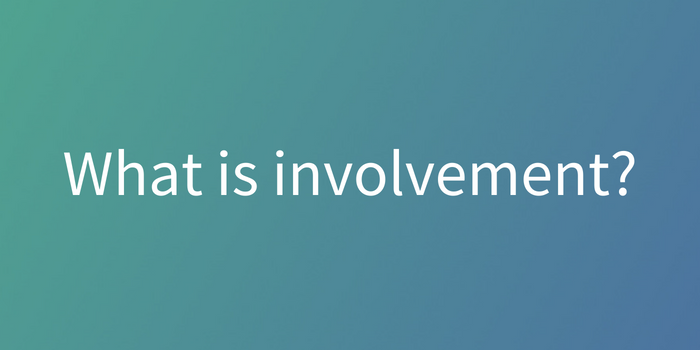Why is it so important that patients and the public get involved?
By involving and engaging the public, we can make sure that research data is used for patient and public benefit. But don’t take our word for it, here’s what some of our members think.
 “It made sense to me that if you involved patients and public in research, it would be much better at really meeting their needs. That’s what led me to getting involved in research myself.”
“It made sense to me that if you involved patients and public in research, it would be much better at really meeting their needs. That’s what led me to getting involved in research myself.”
, Patient and public contributor and patient researcher
“The object of health data research is to improve patients’ lives and this is impossible without PPIE. Unless researchers engage and involve actual patients, how will they know what improvement really looks like? Health data research uses patient data, and patients should be involved in decisions about how and what it is used for. It is a basic courtesy that should be adhered to in all research. Patients graciously give permission for their data to be used and they should be afforded the opportunity to be involved in deciding on its application.”
– Rosanna Fennessey, Public Contributor for the Gut Reaction Health Data Research Hub.
You can read their stories and more by visiting our patient and public involvement and engagement opinion pages.
Our patient and public opinion pieces
If you would like to speak to someone in the Patient and Public Involvement and Engagement team directly, please email Involvement@hdruk.ac.uk.






 “It made sense to me that if you involved patients and public in research, it would be much better at really meeting their needs. That’s what led me to getting involved in research myself.”
“It made sense to me that if you involved patients and public in research, it would be much better at really meeting their needs. That’s what led me to getting involved in research myself.”